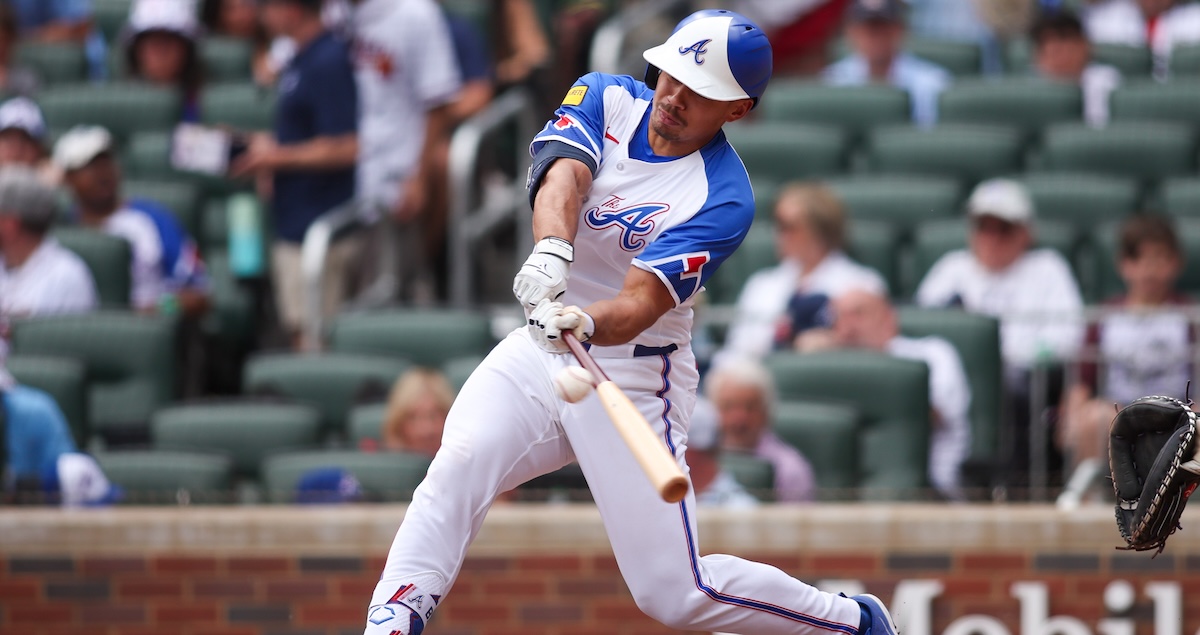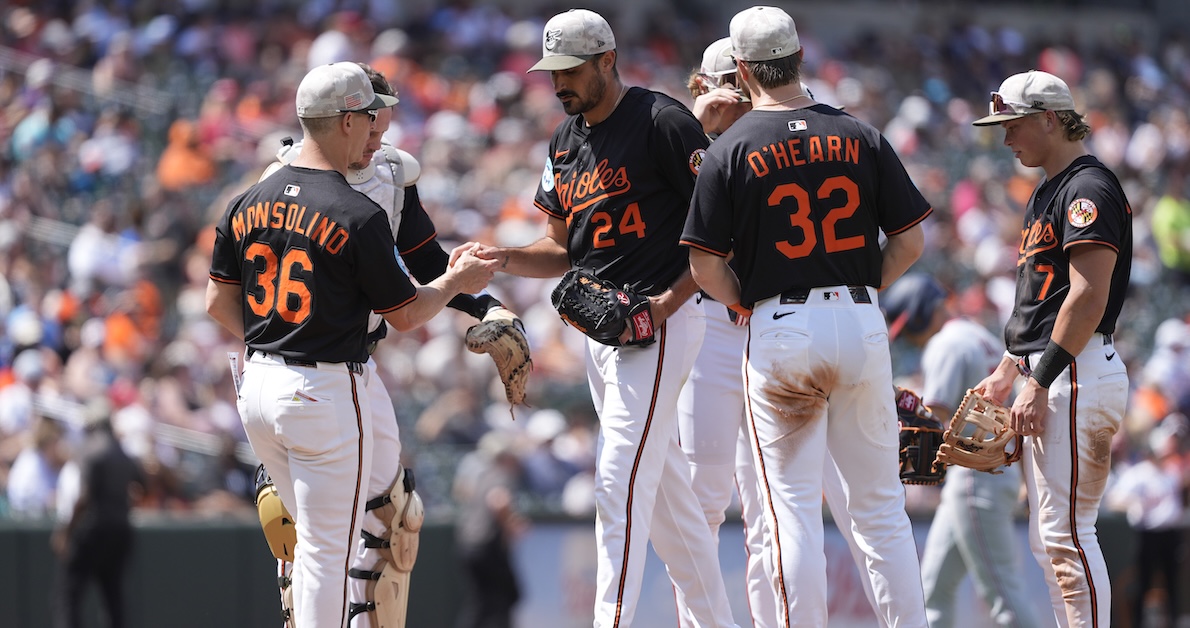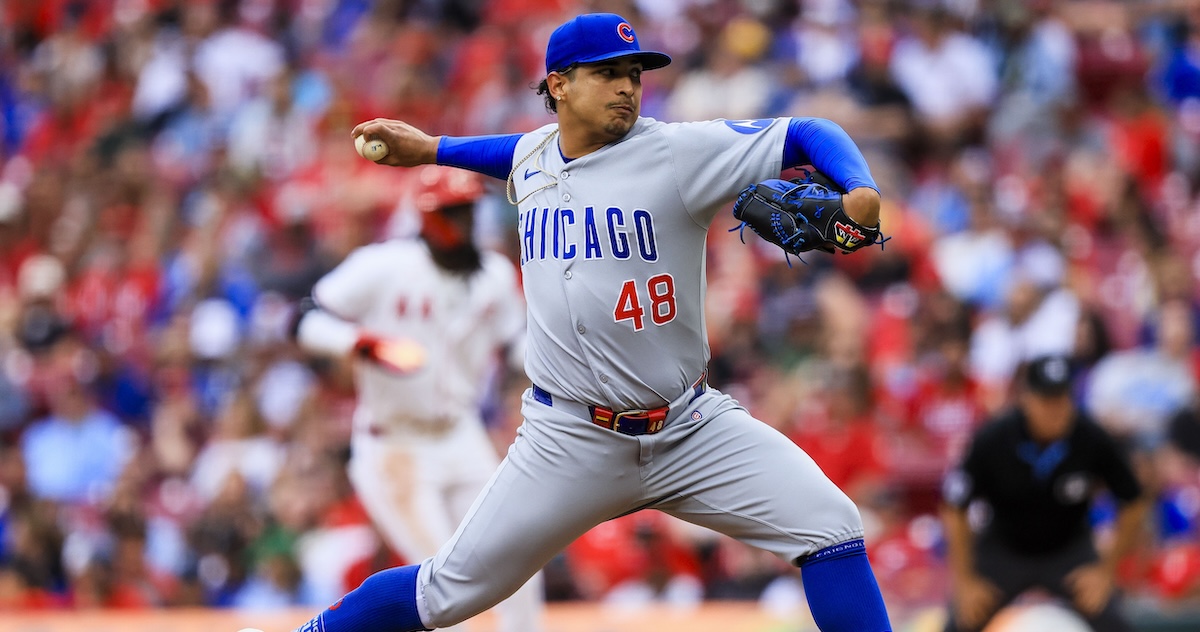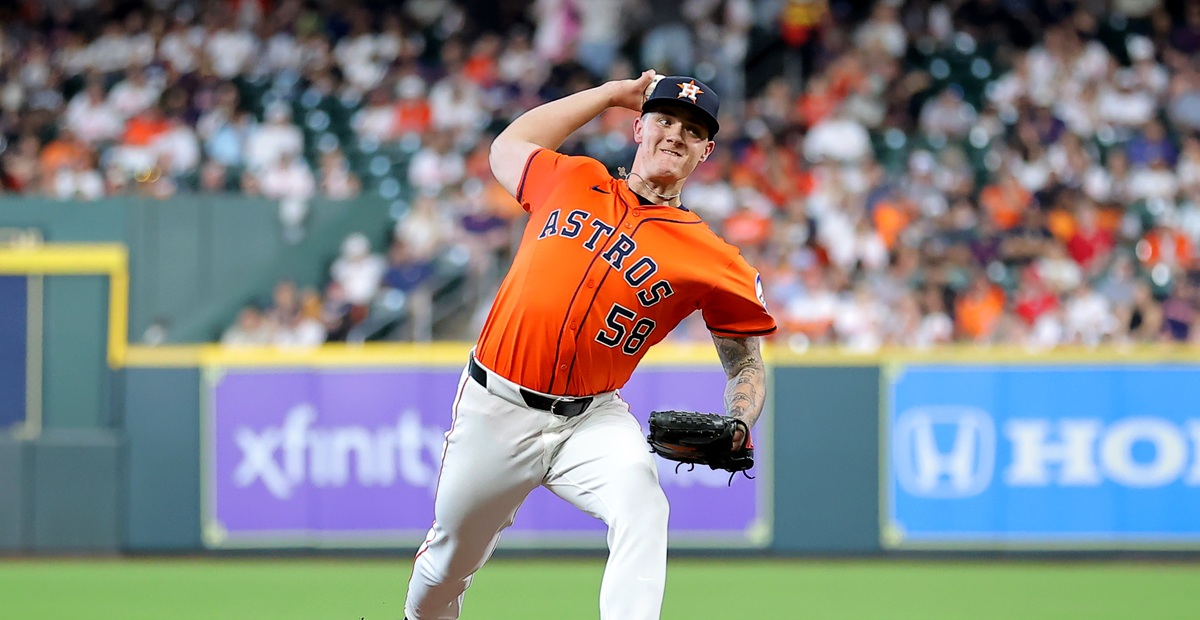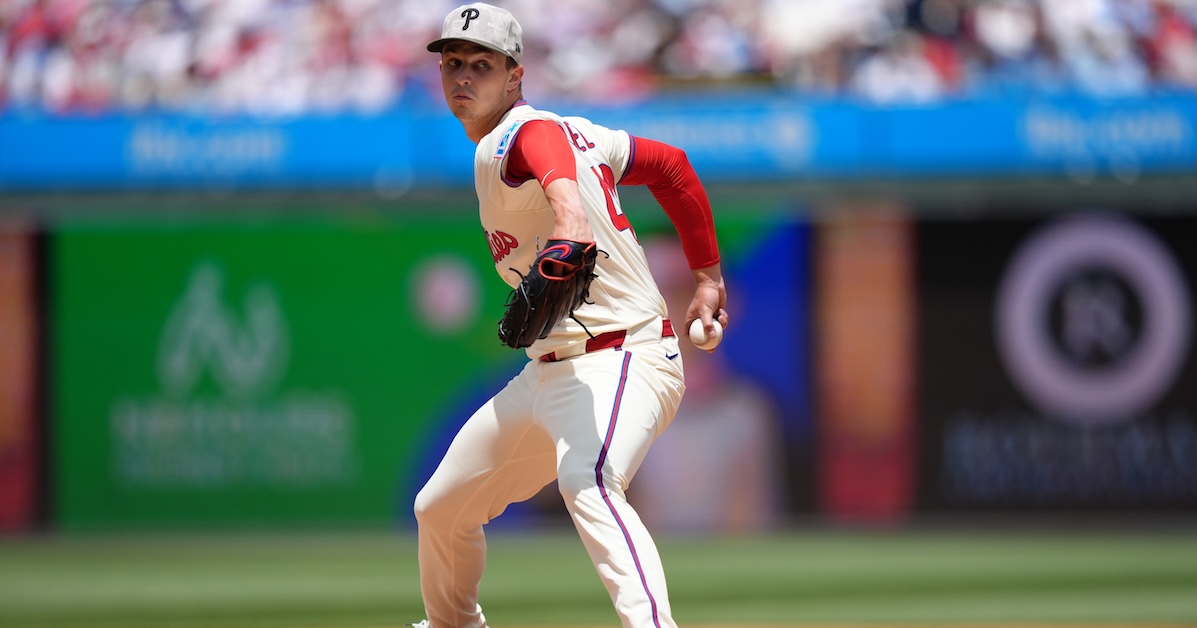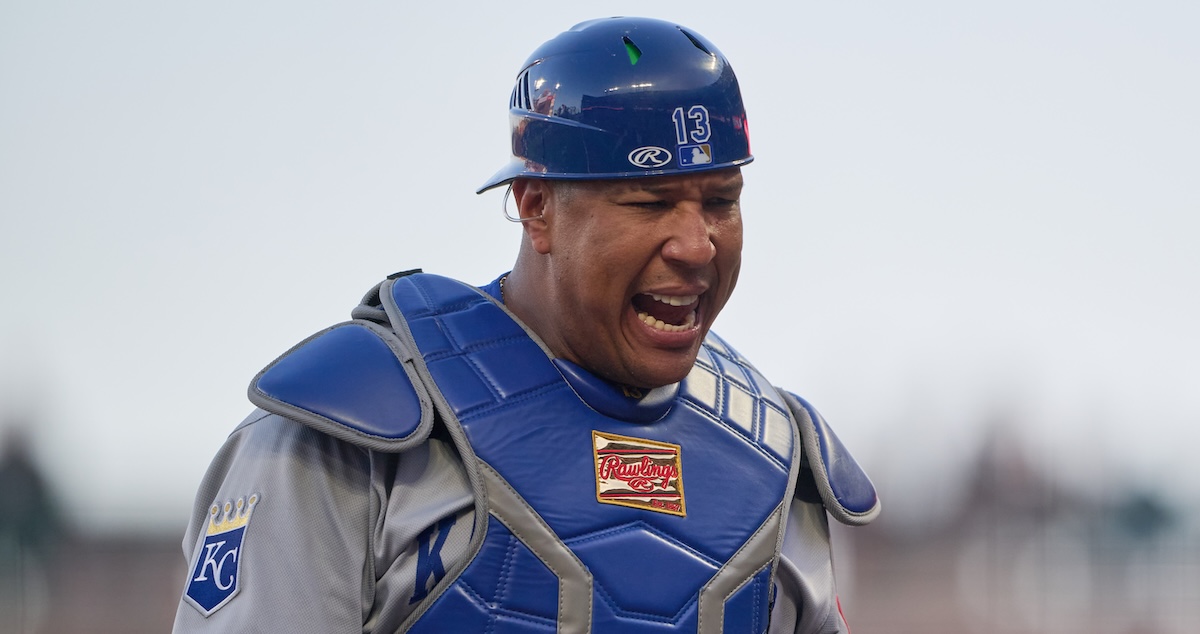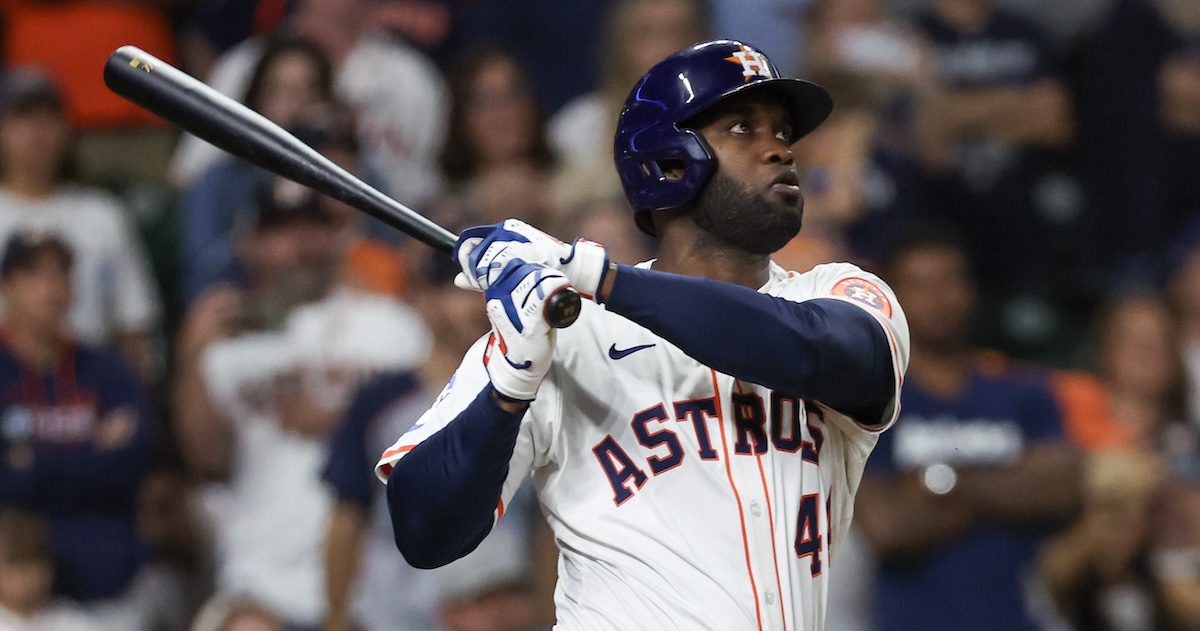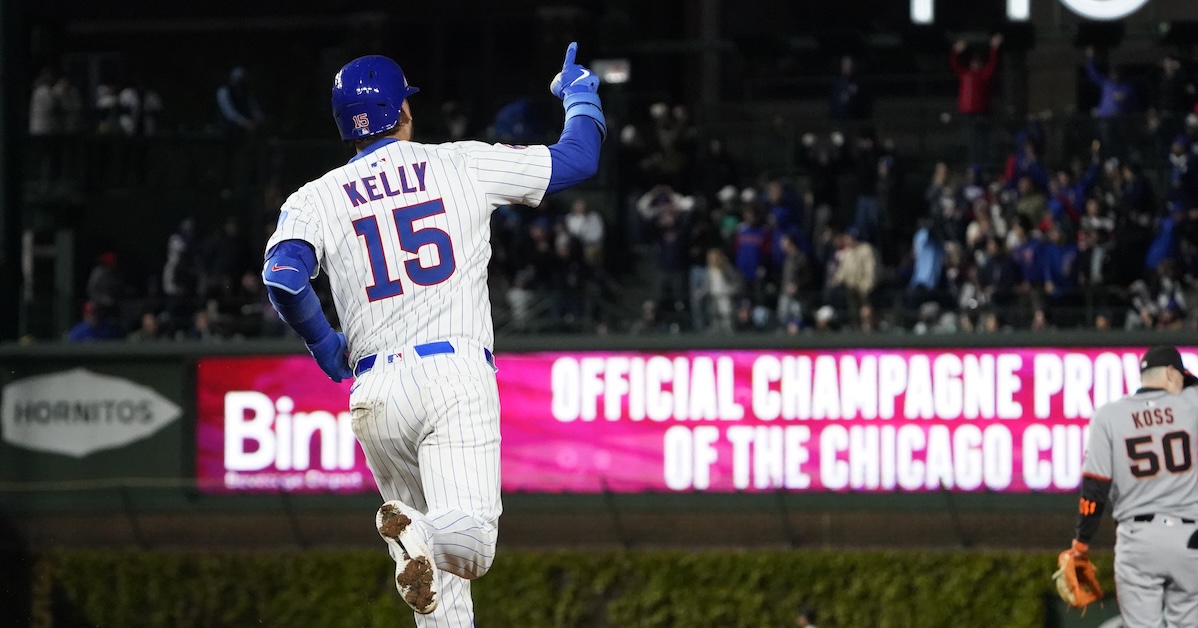Ottoneu Drip: Finding Under-rostered Pitchers: June 4, 2025
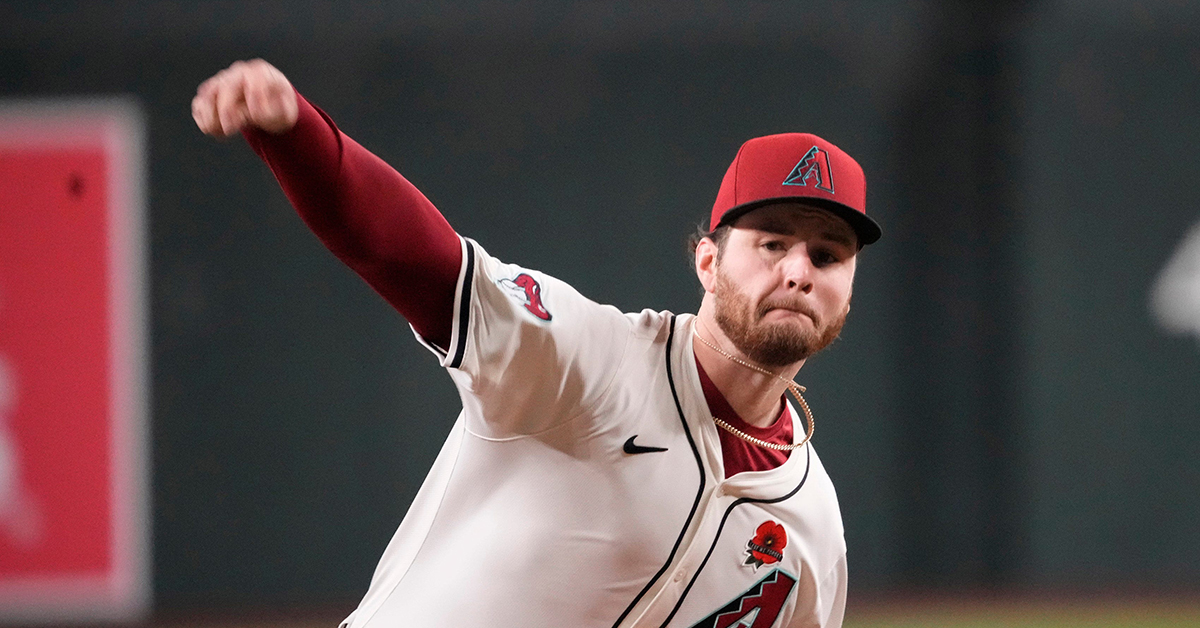
The search for pitching help is never ending. Between injuries and ineffectiveness, fantasy players are always on the lookout for pitchers who are performing well who can provide some reinforcements. There have been a bunch of unheralded starters compiling strong starts since the calendar rolled over to May. Here are eight who are rostered in less than 60% of all Ottoneu leagues.
| Player | Team | IP | FIP | K-BB% | Stuff+ | Pts/IP | Roster% |
|---|---|---|---|---|---|---|---|
| Ryne Nelson | ARI | 15.2 | 2.57 | 10.5% | 105 | 6.39 | 46.5% |
| Chad Patrick | MIL | 15.1 | 2.23 | 25.8% | 110 | 6.24 | 46.2% |
| Sean Burke | CHW | 12 | 2.08 | 17.4% | 94 | 6.67 | 38.5% |
| Chris Paddack | MIN | 18.2 | 2.43 | 18.9% | 94 | 5.81 | 29.1% |
| Bailey Falter | PIT | 19 | 2.97 | 4.4% | 97 | 6.14 | 22.6% |
| Ryan Yarbrough | NYY | 17 | 3.19 | 31.7% | 102 | 6.03 | 8.3% |
| Germán Márquez | COL | 18 | 2.02 | 15.4% | 91 | 5.57 | 2.1% |
| Adrian Houser | CHW | 18.1 | 2.37 | 12.9% | 92 | 6.25 | 1.8% |
I covered a couple of guys listed above the last time I ran this column: Chad Patrick and Chris Paddack. They’ve both continued to pitch excellently and what might have been a hot streak has now turned into a solid two months of production. Patrick’s fastball velocity has ticked up as the season has progressed and he’s seen his strikeout rate rise as a knock-on effect. Paddack hasn’t been as good as Patrick but he’s extended his stretch of starts with two or fewer runs allowed to five games now.
Ryne Nelson has gotten an opportunity to start recently as the Diamondbacks have dealt with a number of injuries to their roster. He was probably ticketed for a return to the bullpen with the impending return of Eduardo Rodriguez but Corbin Burnes’s elbow injury should give Nelson an extended look in the rotation. He had a nice stretch of starts during the second half of the season last year — a 3.05 ERA and a 3.14 FIP from the beginning of July through the end of the season — and the hope is that he can replicate that mini-breakout this year. He won’t strikeout that many leaving him at the whim of batted ball luck, but he’s proven he can find success with that profile in the past.
Sean Burke entered the season with a bit of helium thanks to an intriguing cup of coffee last year. He was the White Sox Opening Day starter and he tossed a six-inning scoreless gem in the first game of the year. Things went downhill from there; he allowed 22 runs over his next five starts and both his ERA and FIP were up over six. His next six appearances have been much better to the tune of a 2.73 ERA and a 4.26 FIP. He’s still struggling with his command but he’s managed to navigate the extra traffic. The other thing to note is that the White Sox used an opener in front of Burke in his last appearance. If they continue that trend, you should be aware of the Ottoneu rules surrounding openers/followers: bulk pitchers who come in after an opener only get points if they’re slotted into a RP slot since they’re making a relief appearance.
Bailey Falter has been on an impressive run of starts since the beginning of May; over his last six starts he’s allowed a total of four runs! The underlying peripherals look pretty ugly however as he’s struck out just 19 in 35.2 innings while walking 13. He’s surviving by suppressing every batted ball put in play against him. I wouldn’t trust that he’s going to continue this hot streak.
Ryan Yarbrough has been fantastic since the Yankees moved him to their starting rotation at the start of May. He’s allowed no more than two runs in any of his five starts and has produced a fantastic 4.8 strikeout-to-walk ratio. His changeup and sweeper are both returning whiff rates north of 40% and he’s emphasized his cutter in his pitch mix to keep right-handed batters at bay. One thing to note for Ottoneu players: he’s allowed a home run in four of his five starts which has held him back from truly racking up the points in this format.
If you’re really desperate for some innings, Germán Márquez has looked decent-ish over his last few starts after a particularly ugly start to the season. Even at his peak, his points per innings pitched never crossed over five since his home ballpark is so tough to pitch in. I will note that he’s allowed just four home runs this year and none since May 4.
After bouncing around four teams over the past year, Adrian Houser has caught on with the White Sox this May. His first three starts for Chicago have gone as well as could be expected; he’s allowed a total of three runs while running a decent 2.8 strikeout-to-walk ratio. He’s had spurts of effectiveness in the past while he was with Milwaukee and it’s possible he’s found something that works this year. He’s added a ton of horizontal movement to his changeup and is currently running a 52.9% whiff rate with that pitch. Monitor his performance over the next few weeks and see if that pitch is still as effective once batters have a better scouting report on it.

